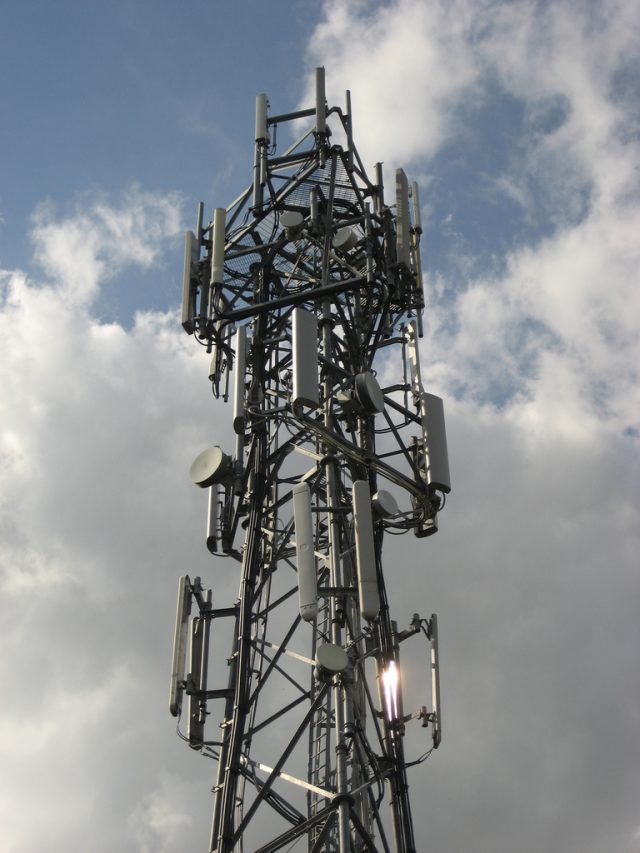
Yesterday at Goldman Sachs' Communacopia Conference in New York, AT&T CEO Randall Stephenson announced that his company would be allocating the 700Mhz Lower D and E blocks of spectrum that it acquired from Qualcomm in 2011 to build out its LTE Broadcast service. Fierce Wireless reported from the event and noted that this spectrum was destined for additional data capacity. In a recent FCC filing, AT&T put off deploying LTE in this spectrum due to administrative and technical delays caused by the 3G Partnership Project's continued evaluation of carrier aggregation in LTE Advanced.
No timeline was given for deploying LTE Broadcast, but Stephenson stressed the importance of video to AT&T's strategy over the next few years.
The aptly named LTE Broadcast is an adaptation of the LTE technology we know and love, but in just one direction. In the case of AT&T's plans, either 6Mhz or 12Mhz will be available for data transmission, depending on the market. In 6Mhz markets there would be some bandwidth limitations, but plenty enough to distribute a live television event, like the Super Bowl or March Madness. Vitally, since the content is broadcast indiscriminately to any handsets capable of receiving it, there's no upper limit to the number of recipients of the data. So, instead of having a wireless data network crumble under the weight of thousands of users watching March Madness on their phones and devices at one cell site, the data network remains intact, and everyone gets to watch the games.
Verizon Wireless has a similar proposal in the works, with vague hopes that they'll be able to be in position to leverage their ongoing relationship with the NFL for the 2014 Super Bowl. Neither Verizon Wireless nor AT&T is hurting for spectrum right now, so it's nice to see them putting it to good use.
reader comments
53